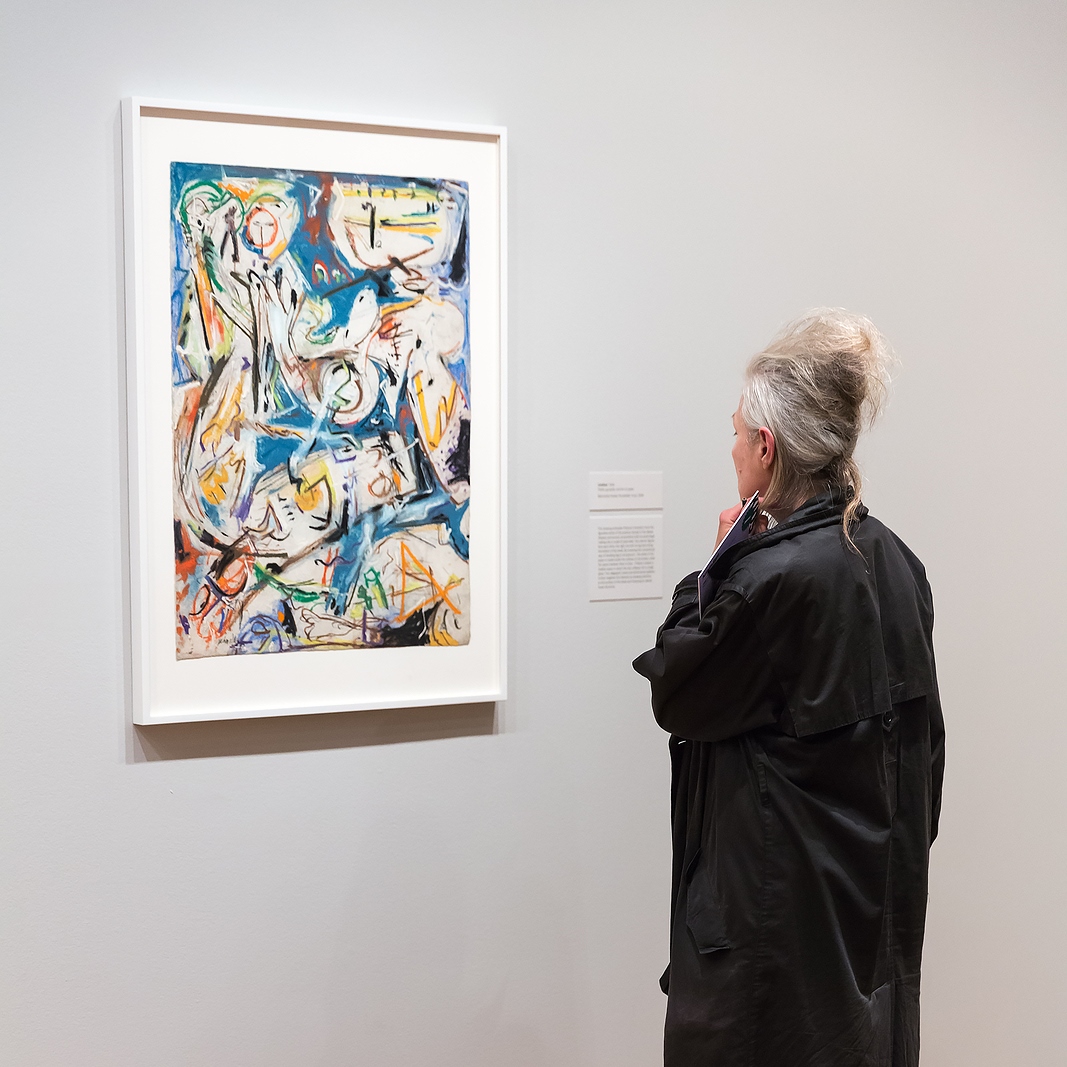Transporting art to and from museums is always a complex process with many strict safety protocols and standards. How is art transport for museums selected, and what procedures are mandatory for keeping vast art collections safe? Here is a detailed breakdown of museum logistics nuances, explained with examples of the Louvre, MoMA, and the Hermitage.
Art Transport for Museums: The World’s Best Practices
The basics of museum logistics include pre-transport planning, specialized packaging and crating, and the selection of optimal transportation modes and routes. Unpacking of art upon arrival, its acclimatization in the new place, and security and risk management activities are also part and parcel of museum logistics. Now, let’s take a look at how these routines work out in world-famous museums.
Art Logistics of the Louvre
The Louvre’s philosophy puts art safety first, so even the slightest movement of art objects inside the museum or beyond its walls should be authorized by a relevant registrar and conservation expert. The museum has an internal team of art handlers and a fixed set of reliable, certified partners who handle the museum’s logistics needs.
Art Movement Rules of the Hermitage
The State Hermitage Museum in St. Petersburg operates a massive collection of art, distributed across multiple historic buildings of the complex. Located in a highly humid place, the Hermitage dedicates a lot of attention to microclimate stabilization and art conservation. Its art typically travels in custom-built wooden crates, often escorted by military personnel for security reasons, especially when it comes to international loans.
Transportation Protocols at MoMA
MoMA oversees all art logistics, condition reporting, and insurance via its internal Registrar Department. The museum uses insulated, climate-controlled crates with advanced environmental stabilization measures to guarantee minimal environmental impact on the transported objects. All shipments are equipped with RFID chips and environmental sensors to give real-time updates on the transportation conditions. As a rule, MoMA’s art travels with curators and conservators as its knowledgeable couriers.
Security Is Key in the Museum Logistics
When it comes to choosing art transport for museums, there is no place for experimentation and guesswork. Museums often handle loaned artwork and bear full financial responsibility for its integrity. Therefore, the introduction of rigorous safety protocols and procedures, including the recruitment of trained art handlers and conservators, is a mandatory part of museums’ art management routines.
